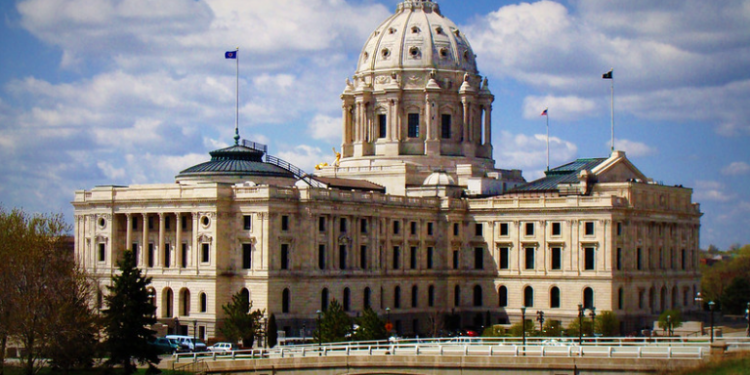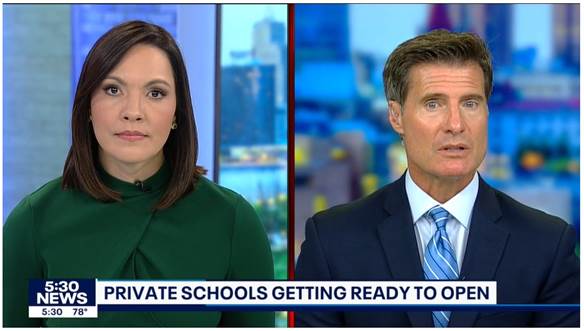Unfortunately, the election cycle is not yet over for Minnesota as ballots are still being counted in critical, legislative swing districts that will determine the extent of how divided our state government will be in 2025.
All that to the backdrop of President-elect Donald Trump winning both the electoral college and popular vote while making school choice a significant part of his platform. Combined with a very significant cultural shift to the right, it’s clear the winds of change will only blow harder.
Knowing over two-thirds of the public support school choice with Education Savings Accounts (ESAs), Republicans have made school choice a major talking point and policy goal. Nearly 20 states already have passed legislation, and it looks like Texas and Tennessee will follow in the upcoming legislative sessions.
Here in Minnesota, elected officials from both parties should pay close attention to the significance of these changes.
The public is quickly realizing the magnitude of the crisis in education. Parents, who see the results of the crisis, increasingly want the flexibility and resources to find the best schools for their kids. And poll after poll shows that both the public and parents are united in support for school choice.
It’s not hard to understand why when we look at public education in Minnesota:
- In the 2022-2023 biennium state budget, $20.2 billion – nearly 40% of state spending and the largest portion – went to Minnesota public schools.
- School districts are often spending $20,000 or more per student per year.
- Despite massive resources pouring into schools, 50.1% of Minnesota’s public school students are struggling to read.
- In fact, for two years in a row nearly half (48%) of Minnesota’s 10th-grade students were found “not proficient” in reading by the Minnesota Department of Education.
- And only 35% of 11th-grade students are proficient in math.
The money is there, but the system is utterly broken.
Understandably, school district leaders are actively admitting to legislators that things are rapidly breaking down. They blame the lack of freedom or flexibility to allocate resources according to their needs due to state regulations and an enormous pile of new mandates. Instead of hiring more teachers, they’re often forced to hire more administrators or spend money elsewhere.
Furthermore, the education system has been pushed hard in a leftist ideological direction with many of those regulations and mandates. Instead of concentrating on the basics like reading and math, public schools are focused on a long list of “isms.” The fruits of this educational framework are clear when half the students in the state are struggling to read.
Naturally, legislators are hoping to help provide school leaders with greater flexibility to address the local needs of each district. We should applaud such efforts to do so.
But we should also remember that it’s not just the school district leaders who need flexibility. While the education system collapses and political battles ensue to fix it (or preserve it for the adults running it), we cannot forget the people it is meant to serve and their immediate needs: Students.
There are nearly 900,000 students in our state’s public schools. These students don’t have years to wait for a quality education. They need the flexibility to find schools that serve their needs – right now.
School choice would give families both the freedom and resources to have flexibility in education. They can opt out of a system that’s not meeting their needs by establishing an Education Savings Account (ESA) through the Minnesota Department of Education for each of their school-aged children. The state would then take the basic funds already allocated to each student ($7,000) and deposit them into individual student ESAs. The families then have the flexibility to use those ESA funds on tuition, tutoring, and other eligible education expenses.
There is no need for political battles over what or how the schools are teaching the next generation or which regulations and mandates to keep and which to toss. Provided with the necessary resources through ESAs, families would have the flexibility to find schools that match their values and educational goals. It’s that simple.
No doubt, that’s why 75% of Minnesota parents and nearly 70% of the public are supportive or very supportive of school choice with ESAs.
Despite a divided state government, Minnesotans are united around putting parents back in charge of their children’s educations. It’s time for our elected representatives to take advantage of the winds of change and make it happen.
—
Image Credit: Flickr-Doug Wallick, CC BY-NC-SA 2.0













